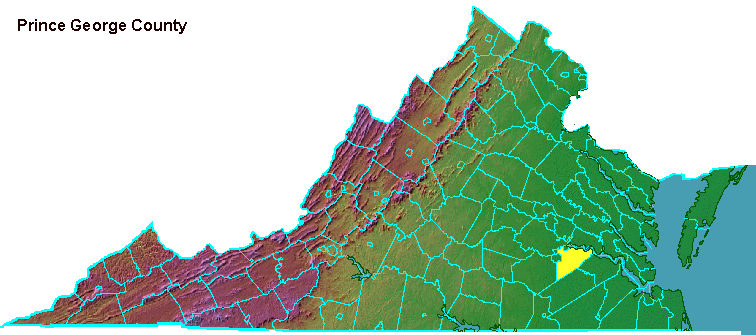

Prince George of Denmark married Princess Anne in 1683. She was the younger niece of the current King Charles II, and the younger daughter of the next King of England, James II.
As part of the Glorious Revolution of 1688, King William III arranged to be co-equal with the older daughter, Mary. This forced Prince George to wait eight extra years after the death of Queen Mary before King William III died in 1702, finally making Prince George the consort to a queen instead of a princess.
Prince George had no comparable arrangement for being crowned king. He was only the "consort," and at Queen Anne's death he would have no rights to the throne. In the end it did not matter - Prince George died in 1708, and Queen Anne outlived him by six years.
Prince George was perceived as an able man, but no great warrior or scholar. He suffered from debilitating asthma, and her health was so poor that she was a semi-invalid by the time she assumed the throne. Their one child, William, died in 1700 at the age of 11, before Queen Anne was crowned. (But he was Duke of Gloucester, and expected to succeed her as the next king, when Gov. Francis Nicholson named the main street in the new capital of Williamsburg after him...)
After their son died, Parliament quickly arranged for the crown to pass to the Hanover (German) line of succession. The first four kings in that line were named George I-IV and ruled from 1714- 1830. However, Prince George County was chartered in 1703 (the first full year of Queen Anne's reign) and it was named for the "stolid Dane" rather than the future Hanover kings.
Creating the new Prince George County saved residents south of the James the hassle of travelling across the river to reach the courthouse in Charles City County. However, the Eppes family had a plantation right on the riverfront. They insisted on staying in Charles City County (travel by boat was easier than by road in those days...), so Charles City Point was initially excluded from Prince George County. The site became famous as "City Point" in 1864, when General Grant established it as his base of operations for the siege of Petersburg.